“Each day elderly care givers are faced with numerous challenges; it is likely that the period of coronavirus lockdown will have impacted upon these further.”
This article focusses on older carers within a wider research study examining the effects of self-isolation and lack of physical activity on carers.
Life expectancy within the UK has indicated a progressive increase over the decade/century for both men (79.9 years) and women (83.6 years). Whilst much of this enhanced longevity can be associated with improved technology and advances in health care practices, participation in regular physical activity cannot be overlooked.
Just because we reach a certain number/milestone birthday, or enter into retirement does not mean we have to adopt a sedentary lifestyle.Physiologists McArdle, Katch and Katch (1996) further illustrated the natural effects of ageing on human function and performance deterioration of body systems. However, they also cite that the effects of ageing can be delayed/offset with physical activity. Just because we reach a certain number/milestone birthday, or enter into retirement does not mean we have to adopt a sedentary lifestyle, and reflect on what we once could do. On the contrary the physiologic and complete benefits to health by being physically active have been widely publicized. Research, in general, has illustrated that physical exercise is immensely beneficial to prevent a steep decline while ageing. There are many suitable ways of exercise for older people that improve physical as well as mental health and wellbeing (see more in this article), with exercising outdoors being especially stimulating. An example can be walking six to nine miles per week, reported to prevent brain shrinkage and memory loss.
In 2018 it was estimated that 11.9 million people within the UK were aged 65 and over, representing 18% of the total population, with future predictions indicating this figure to rise to almost 25% by the middle of this century.
It is estimated that 23% of adults aged 65 years and over provide unpaid care, and this has increased by 14% since the corona virus outbreak.Within the elderly population is a specific sub-group, elderly care givers who provide care to spouses and relatives living with a range of medical conditions such as dementia, cancer and the effects of stroke. I. Subsequently the outbreak and associated lockdown has increased the already significant pressures placed upon the health and social care system with many local services reducing operations or closing fully. Potentially this has removed the support networks for many of the elderly care givers, removing any opportunity to take respite and a break from the day to day demands of caring.
Providing care is extremely challenging. Many older adults (particularly caring spouses) don’t just see caring in terms of increased stress, anxiety and low mood as they do what they love doing. They would, nevertheless, still benefit from increased physical activity. Clinicians, working with such couples often say:
‘It is not possible being able to pour from an empty cup!’
If they can’t keep themselves well they won’t be able to sustain the caregiving role that is so important to them. Older carers report often the negative impacts upon their physical and mental health. Prior to the COVID-19 outbreak, only 8% of carers felt that they had taken sufficient breaks, with 39% wishing they could be able to take more. The role of informal care giving is associated with increased levels of stress, anxiety and reduced mood. Care giving can be a particularly isolating role, and whilst not all will experience the effects of loneliness, even the slightest feeling of being vulnerable to social isolation will have an impact on carers’ overall well-being, which may also impact on the recipient of their care.
The role of informal care giving is associated with increased levels of stress, anxiety and reduced mood.Exercise has been proven to alleviate feelings and symptoms of low self-esteem and social withdrawal/isolation. In particular, aerobic activities to include walking, swimming, cycling, gardening and dancing have been illustrated to reduce anxiety and depression, elevating mood due to an exercise-induced increased blood flow to the brain. It is also important we exercise regularly. Any type of physical activity will help, as long as it is something we enjoy and suits us and we do keep doing it. Even a brisk 10-15 minute walk will be beneficial, especially if we do it one or more times a day. This also aligns with WHO recommendations of undertaking 150 minutes of exercise per week. The exercise doesn’t need to be strenuous - it can be short, especially if we make it regular.
The Chief Medical Officer of the UK (2019) further provides the following recommendations/guidelines for the elderly population:
- Older adults should participate in daily physical activity to gain health benefits, including maintenance of good physical and mental health, wellbeing, and social functioning. Some physical activity is better than none: even light activity brings some health benefits compared to being sedentary, while more daily physical activity provides greater health and social benefits.
- Older adults should maintain or improve their physical function by undertaking activities aimed at improving or maintaining muscle strength, balance and flexibility on at least two days a week. These could be combined with sessions involving moderate aerobic activity or could be additional sessions aimed specifically at these components of fitness.
- Each week older adults should aim to accumulate at least 150 minutes of moderate intensity aerobic activity, building up gradually from current levels. Those who are already regularly active can achieve these benefits through 75 minutes of vigorous intensity activity, or a combination of moderate and vigorous activity, to achieve greater benefits. Weight-bearing activities which create an impact through the body help to maintain bone health.
- Older adults should break up prolonged periods of being sedentary with light activity when physically possible, or at least with standing, as this has distinct health benefits for older people.
For more information about our research study please follow this link. If you are a carer and are interested in participating in our study, please see the Study Information Leaflet via the link above and/or get in touch with the research team for more information.
Authors: Martin Penson, Jitka Vseteckova, Nichola Kentzer, Jo Horne, Mary Larkin, Alex Berry, Melinda Spencer, Abigail Methley, Phil Taverner, Martin Robb
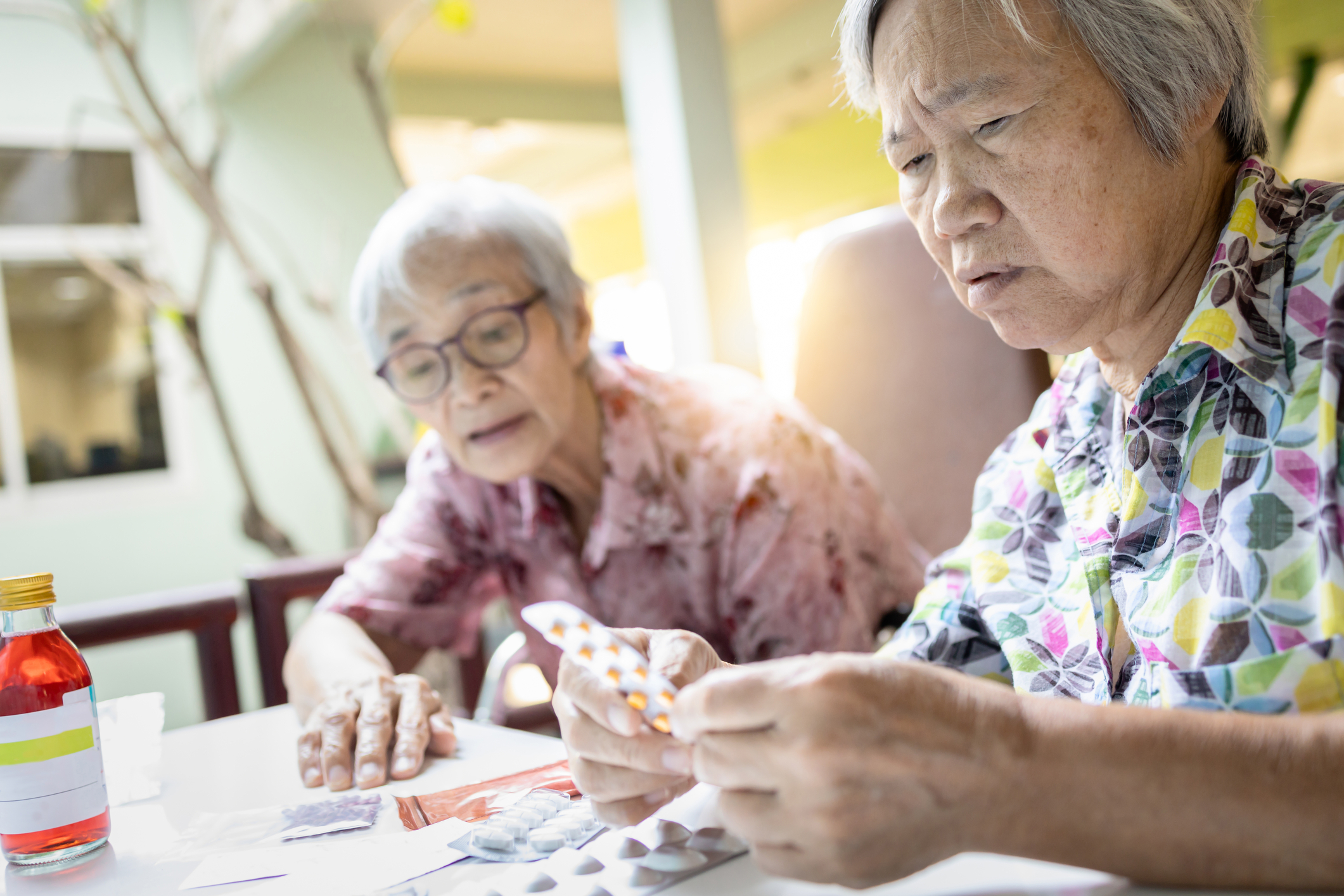
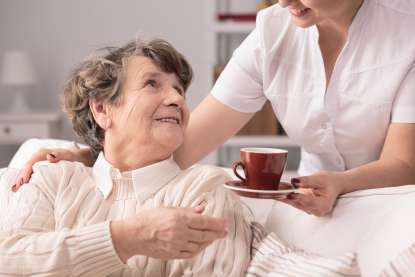
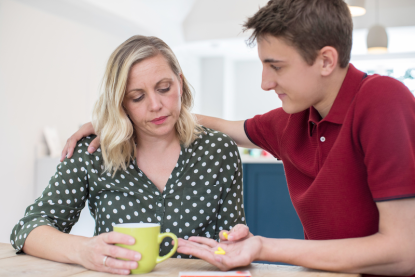
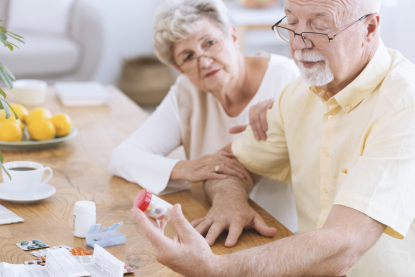
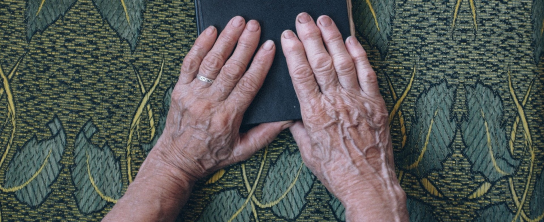
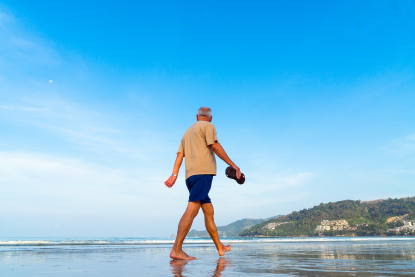

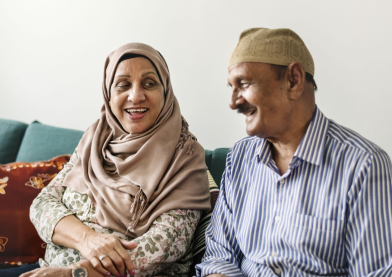
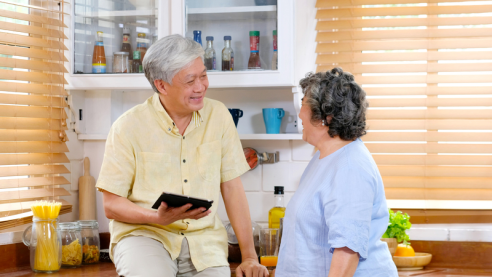
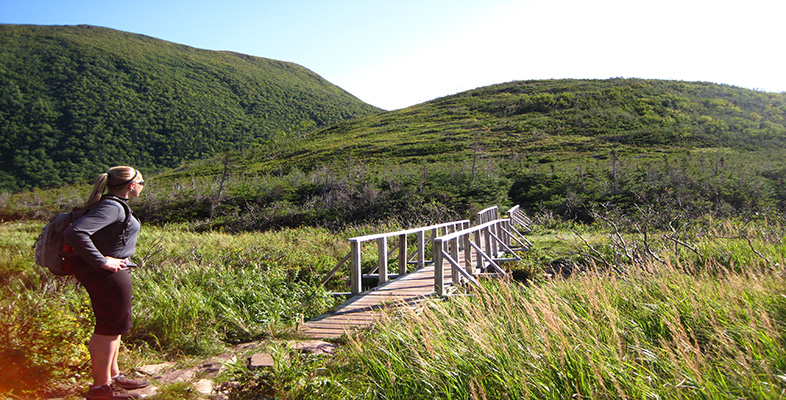
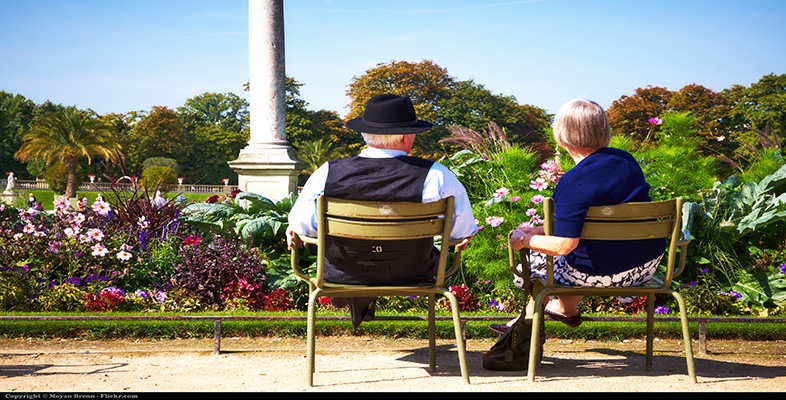
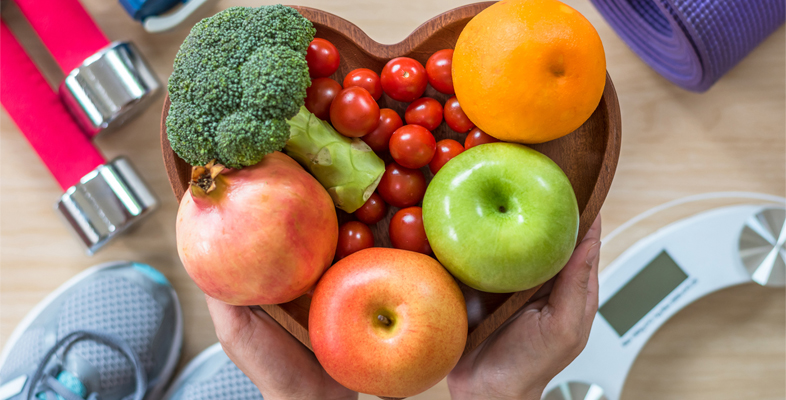
Rate and Review
Rate this article
Review this article
Log into OpenLearn to leave reviews and join in the conversation.
Article reviews